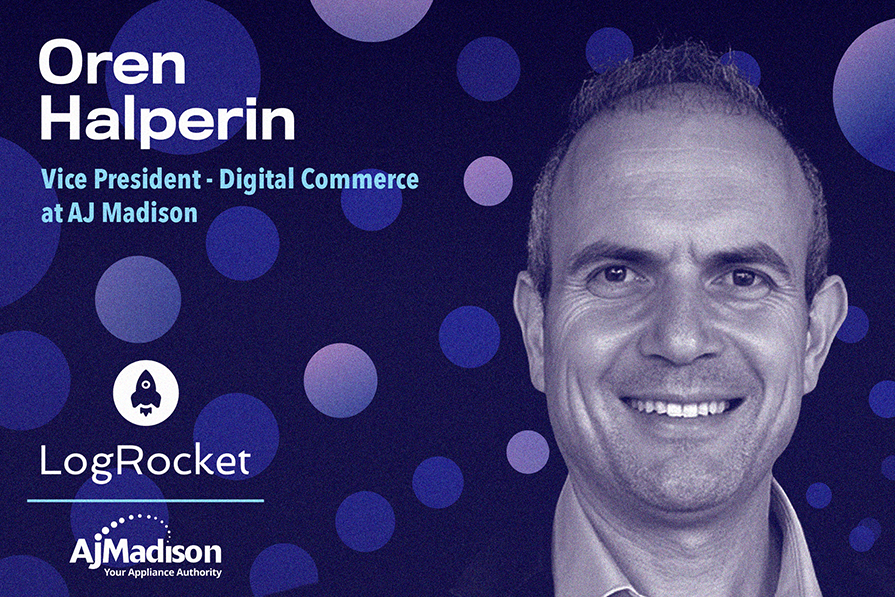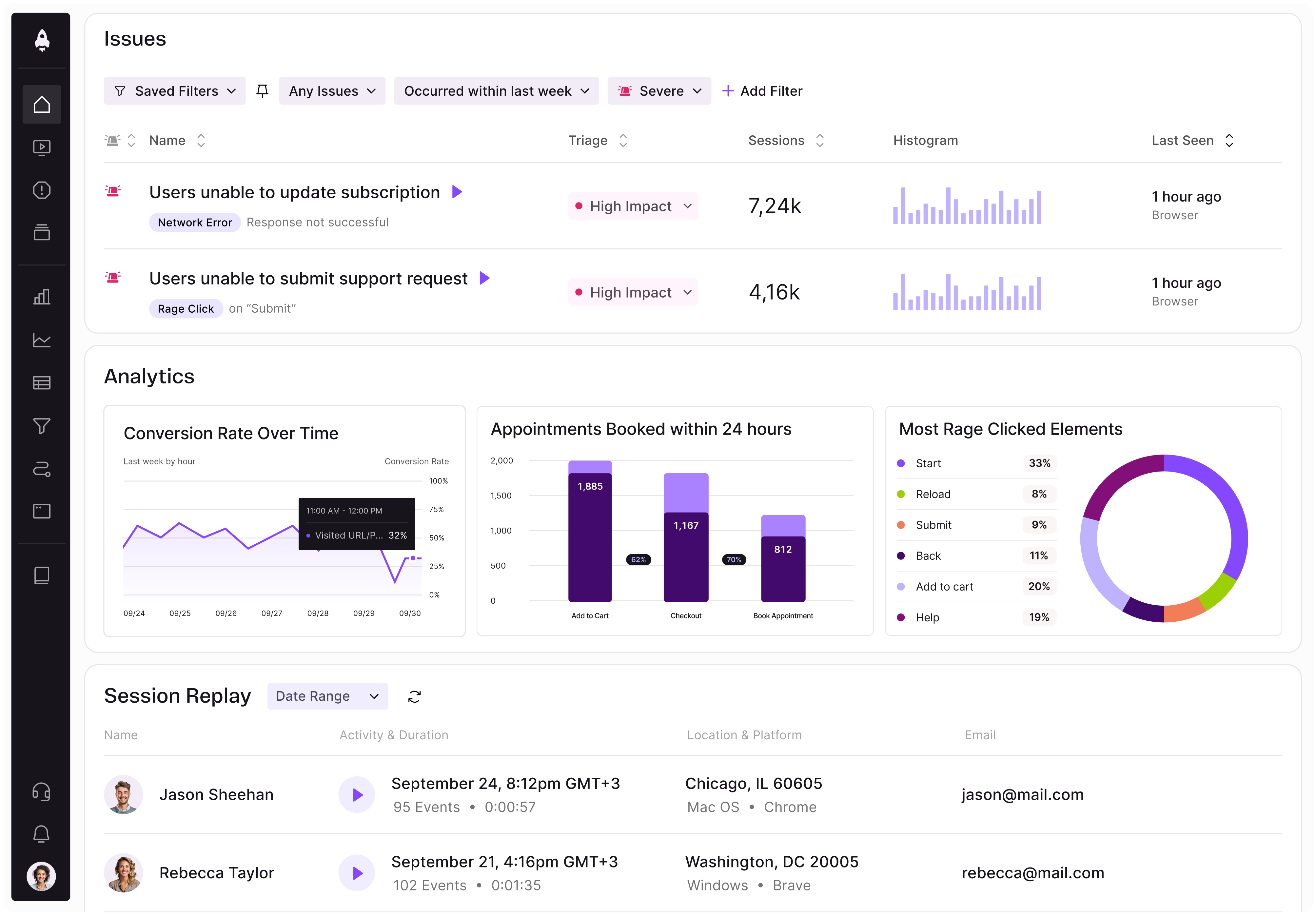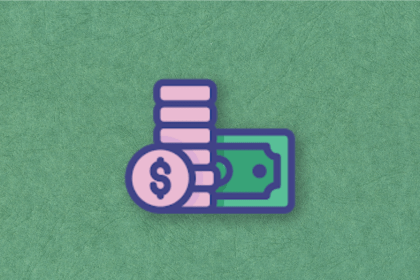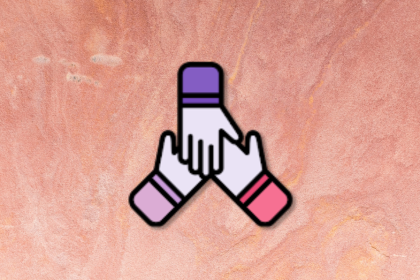Oren Halperin is Vice President of Digital Commerce at AJ Madison, an omnichannel leader in appliances — with four showrooms, a successful online presence, and a pro & builder division. He started his career as a membership associate at the American Marketing Association and then transitioned to merchandising category management at Metro. Prior to joining AJ Madison, Oren held ecommerce and online merchandising roles at PwC, Alvarez & Marsal, and The Vitamin Shoppe.

In our conversation, Oren talks about how to engage customers through various touch points in a modern, digital buyer journey. He also shares best practices and strategies to drive online conversions and boost brand loyalty and retention.
The key is to focus on low-funnel tactics with extensive search engine marketing. Let’s say someone is in the early days of their search to buy a new TV. They’re going to start broadly with TVs that match their size requirements or ones that come in a set. This type of customer would tend to be more expensive to serve and less likely to convert because they’re early in their research. I wouldn’t spend money trying to capture them.
Instead, I would use organic SEO and other tactics to get them to the site, or I would at least downbid significantly. I’d go after customers who are looking for a TV with a specific size, brand, and features in mind because they’re lower in the funnel. They’ve done their research, visited multiple websites, and maybe have even visited a store. By focusing on this criteria, I’m getting qualified traffic, spending less money, and attracting customers who are serious and are likely to buy.
It goes back to brand identity. You need to make sure that your brand identity is transmitted through all the channels you operate on. You can fine-tune it to match the audience for each one. For example, you might choose to have more transactional touch points on search engines like Google or Bing. On Instagram and TikTok, however, consider making cool, catchy posts that still maintain your brand identity.
Another critical aspect comes back to the role social media plays in the marketing funnel. Social media marketing is generally helpful to reach consumers in the early stages of research and discovery. A lot of people turn to YouTube and Instagram for ideas, and I’ve worked with a lot of brands that partner with Pinterest as well. Successful companies build a brand first and then use tools like search engine marketing, social media marketing, email marketing, and more to convert customers.
Absolutely. When it comes to engagement, there are two critical factors to think about. First, a customer needs to be able to easily find what they’re looking for via the site’s search bar or navigation. I’ve been talking to a lot of industry leaders lately about how AI agents can help customers shop online. The idea is that when a person lands on a product page, the AI agent can help answer additional questions. The user doesn’t have to spend as much time reading through all the product details because the AI summarizes it for them. Amazon is actually doing this now with its Rufus assistant, although its performance is still a little sporadic. It’s clear that brands are still learning in this area.
Second, it’s important to measure time on site. There needs to be a call to action that’s time sensitive, because if a person stays on your site for too long, they might lose the sense of urgency. Consumers react strongly to things like expiring deals or limited stock. The worst thing you can do is to keep things open and make the user feel that the deal will hold even if they don’t act right away. FOMO is a big aspect of consumer psychology.
I’ve seen social proof used on sites like Amazon as a tactic to entice people to check out. An example is when the site shows “5,000 customers purchased this item this month.” When people feel that they’re not alone and that they made a good choice because a lot of other people also bought the same product, they’re more inspired to go through with purchasing it.
The key is to design and optimize the checkout as mobile-first. It’s critical to have options like Apple Pay, Google Pay, PayPal, and Venmo so mobile consumers can purchase as quickly and easily. Anything that makes the checkout process go smoother, like form autofill tools, is helpful. Also, be sure to enable guest checkout with the same bells and whistles that you give signed-in customers.
It’s also important to constantly test the checkout and ensure that the process is not clunky. How many of us dread going to websites that ask multiple questions at checkout? Airlines frequently do this, although some of that is required. They ask you all sorts of questions about your flight, and then prompt you for extra insurance or additions. I find myself thinking, “No, I don’t want this. Just let me check out!”
The key is to add and display the value to customers directly. If a customer purchases a refrigerator, for example, they will likely buy other items for their kitchen while they’re in that section of the store or on the website. The idea is to show value by bundling and discounting items that are bought together. Customers especially like to see how they can save by purchasing bundled goods.
Most websites offer a substantial discount on bundling, and in doing so, increase the average order value. For example, Amazon lists which products complement the one you’re currently looking at. After purchase, they send a follow-up email with options to add a warranty or an installation.
Yes, I’ve found that email is the best way to engage with customers for most things. Open rates are fairly high, and conversion is the highest in email compared to other channels. Oftentimes, though, it’s overlooked because it takes time to build the list and set up the campaign, and results aren’t always immediate. But with the right management, it’s the best converting tactic.
I put email in three separate buckets. One is broadcasting emails to talk about your brand and new collections, deals, services, etc. This is a good tactic to keep customers informed about your brand and initiatives.
The second is emails about cart or checkout abandonment. When you send users emails after they leave items in their cart without checking out, those emails convert at very high rates because the consumer has already gone through the decision-making process. They wanted to make a purchase, but something distracted them, or they were unsure about it. Sending an email with an extra offer, like a coupon, is a very effective strategy.
The third bucket is post-purchase emails. This is when you ask customers to add a review or suggest complementary products, like warranties and additional products. From there, you continue to keep in touch with them.
It’s critical because at the end of the day, customers engage with the brand at multiple touch points. There are ways to add value during delivery beyond how quickly an order ships. First, branding needs to be front and center. Going back to Amazon, its trucks are a brilliant branding tool. They’re always driving around, and the Amazon delivery people are generally friendly, and they come right to your door. It’s an exciting experience to get a package.
When I worked with the Vitamin Shoppe, we often included value-adds, like coupons or free samples, in each delivery box. It’s an opportunity to learn more about the brand and what other products they sell, and everyone loves a free gift. I find that beauty brands leverage this tactic the most. That immediate post-purchase window is a very important time, because it’s when you have the biggest opportunity to keep the customer happy and excited about purchasing again.
Email and SMS have been quite successful for me. I use email to remind customers that they can purchase complementary items like accessories or additional items that go with their purchase. SMS is often a more effective strategy, but you have to be more careful with it. Some customers don’t want to be texted, so SMS needs to be used sparingly. If customers feel inundated with text messages, they’ll unsubscribe. I find that this channel is good for critical things like forgetting to add an installation kit to an appliance order. Since the customer likely needs that right away, they’ll almost always take action.
Some companies are more liberal in how many emails they send, but my best practice is to send no more than a few emails a week. It’s also OK to give customers a call for important matters, like not reacting to a critical SMS message.
Absolutely — most email providers use AI today to personalize their sends and enable one-on-one messages based on customer activity. My two cents about AI is to experiment with it and know that some experiences may not give you the results you want right away. It’s critical to train the AI model so it “understands” your customer behavior, and it’ll only get better from there.
Across the board, different kinds of communication tactics are evolving. With the advent of AI, you can leverage technology in ways that you couldn’t in the past. Connecting with customers and allowing them to find information faster is leading to higher conversion, which is really exciting.

LogRocket identifies friction points in the user experience so you can make informed decisions about product and design changes that must happen to hit your goals.
With LogRocket, you can understand the scope of the issues affecting your product and prioritize the changes that need to be made. LogRocket simplifies workflows by allowing Engineering, Product, UX, and Design teams to work from the same data as you, eliminating any confusion about what needs to be done.
Get your teams on the same page — try LogRocket today.

Most teams fail at autonomy. Learn how clear rules help product teams move faster without micromanagement.

A practical framework for PMs to use AI in ideation without sacrificing judgment, strategy, or decision quality.

A practical five minute revenue estimation method to help product managers compare ideas, drop low impact features, and prioritize smarter.

A practical guide for PMs who want to stop being bottlenecks, delegate smarter, and lead teams effectively with a clear ownership framework.